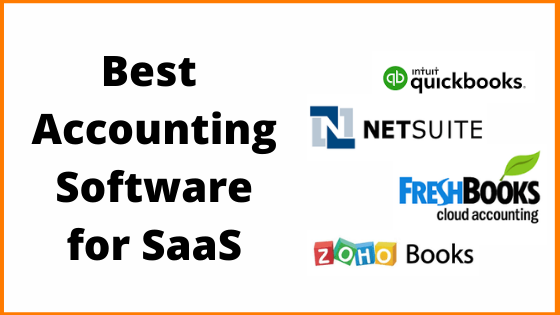An entrepreneur should identify a need in the market before starting a product or service. When entrepreneurs build a solution that customers are satisfied with, the success of their product is quite obvious. Your value proposition should hold true for being in a good market with a product that can satisfy that market demand.
On finding the Product-market fit for SaaS products, entrepreneurs from SaaS industry shared their ideas. Get an insight into the Product-market fit for SaaS startups.
Shayak Mazumder – Co-founder, Eunimart

In 2017, before we started building the product, we did roadshows across many cities and towns of India, speaking personally to thousands of merchants to understand the kind of software they use, the network issues they face, their staffing issues, etc. We identified the biggest challenges facing these merchants both from the merchants as well as the subject matter experts who came to speak in our roadshows. This helped us to build a very robust plan for the product because we knew exactly what were the biggest challenges facing these merchants and what the impact of solving them would be.
Most external folks who didn’t have this insight initially advised that we were doing too much. However, we were certain that unless we solved the entire problem, chipping away at the minor problem statements would only help a minuscule segment of the merchants who could figure out things for themselves. This resulted in rapid growth once we launched the platform in 2020, with hundreds of merchants signing up organically. We continue to take feedback from the industry in building our platform.
Robin Das – CEO, Brandintelle

Finding PMF is never easy. A product can improve their PMF by –
- Talking to potential/current customers and understanding their day-to-day life. Sometimes getting a larger context is more important than just focusing on what your idea is addressing.
- Analyzing if the problem your product is solving is big enough so that your customer will be willing to change his habit & pay for the service.
- Read up on the competition. If there is no competition yet, there could be a 10% chance you’re onto something really big and a 90% chance that the problem you’re solving is either too small or does not exist.
- Once you hit PMF you’ll know, as your email inbox or phones won’t stop ringing and you won’t have the resources to meet the demand.
Pramod Gummaraj – CEO, Aprecomm

Product Market Fit does not stop with generating MVP (Minimum Viable Product) and traction in the industry. Product Market Fit is a continuous process, particularly in the case of SaaS (Software as a Service) models. There should be a visible increase in the value addition Year on Year to keep the customers motivated and interested in continuing the engagement. So, it is particularly important to keep interacting with customers, to keep driving the innovations. Always, look for ways to upsell.

Arjun Gupta – Founder, Courseplay

Product market fit is one of the first and most fundamental activities for any company to nail as early as possible. It can evolve to some extent over time, but getting it right as early as possible is key. Courseplay launched at a time when formal learning platforms were virtually non-existent in companies in India, especially the small and mid-sized companies. I remember spending a lot of time researching the market and speaking with real companies about challenges that they are facing when deploying skill development solutions for their companies. I remember getting a lot of clarity the more I would talk to different people because they would share real-world problems and help me focus on practical solutions rather than develop something that might sound good on paper but be impractical to deploy. I particularly remember one client that talked about the importance of measuring impact in learning, and we have been obsessed with delivering that answer ever since.
Shreyan Gandhi – Director and Co-founder, Comket Solutions

Our product market fit was identified by the problems we faced ourselves. We found a whole bag full of business cards in office and we had no idea which card we got from whom, we had no recollection of the vendor or anything that stood out. That’s when we decided to make networking impactful, a way in which the consumer can share their details in a seamless way and also to make a lasting impression on the person receiving the information. During our beta phase we realised we weren’t the only ones facing this problem. A lot of people had a stack of business cards that they eventually threw away or forgot about.
Sarvagya Mishra – Co-founder & Director, SuperBot (PinnacleWorks)

Not only the Indian market but even the global market and businesses are facing the challenge of maintaining constant communication with their customers daily. The overall call centre industry is worth $339.4 Billion, but still, businesses are losing ~10-15% of their potential revenue just because of lack of timely communication.
Considering the above stats, it is evident that the Product is a market fit that can cater to all the calling needs of businesses at a 10X faster pace by placing 1M+ calls a day.














